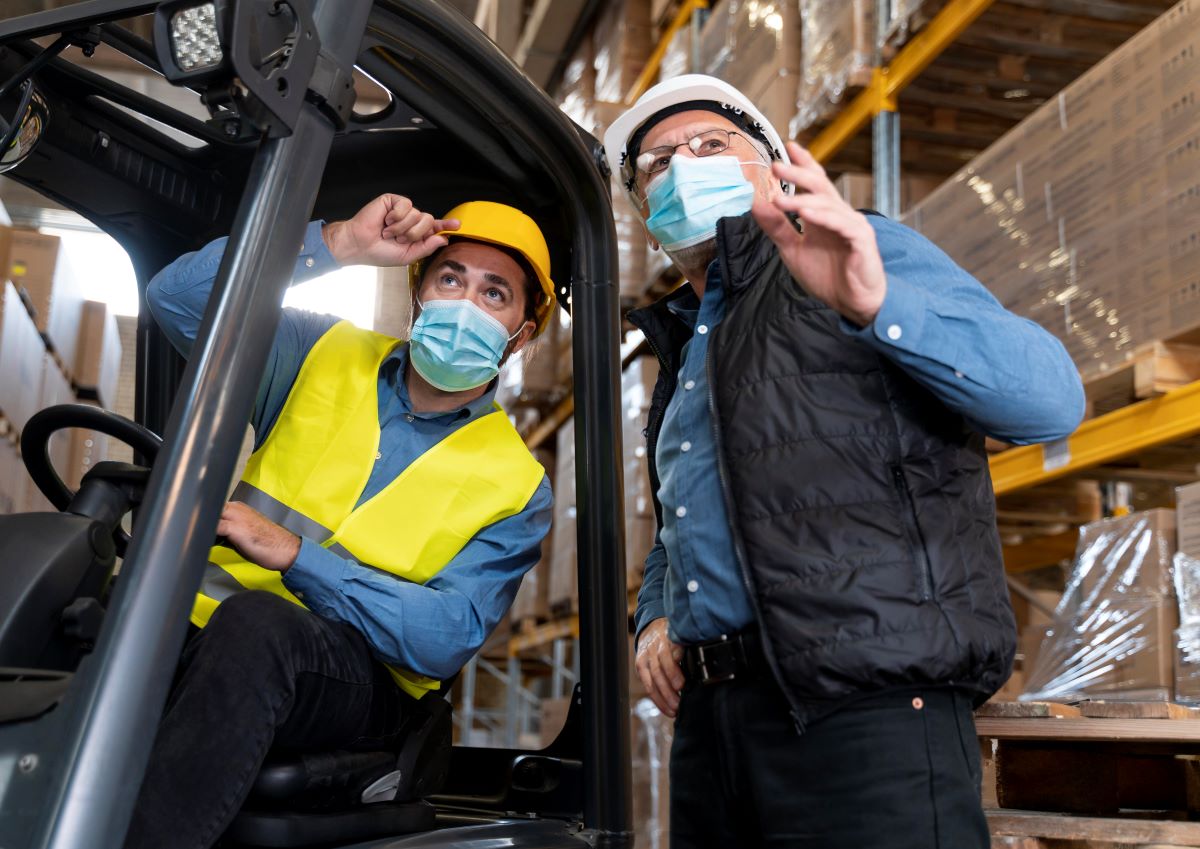
In high-risk industries, a robust safety culture isn’t just a nice-to-have; it’s the difference between a successful operation and a catastrophic failure. We often focus on the physical safeguards—the hard hats, the steel-toed boots, the machine guards—but the most powerful tool for risk mitigation is far less tangible: Health and Safety Consultation. It’s the invisible shield that protects workers, reputations, and bottom lines.
Too often, safety is viewed as a top-down mandate, a list of rules imposed by management. But this approach misses a crucial point. The individuals most exposed to the risks are those who understand them best. They are on the front lines every day, navigating the practical realities that a risk assessment conducted in an office might miss. Proper safety is built from the ground up, with the valuable input of the very people whose lives are at stake.
The Lawful Requirement of Consultation
In most jurisdictions, it is a statutory requirement that employers include workers in health and safety decision-making. It is not just a box-ticking endeavour. Laws are meant to guarantee employees’ say in the development of safety mechanisms that directly affect their well-being.
A lack of consultation may have drastic implications, including hefty fines and reputational damage. More crucially, it undermines the trust between management and staff, which complicates the promotion of reporting hazards/near-misses.
Through valuable consultation, companies not only comply with the required standards but also demonstrate their sincere interest in the safety of their employees.
Consultation in High-Risk Industries
The majority of these high-risk sectors have rapid conditions. The emergence of new equipment, changes in operational processes, or external factors such as supply chain demands may present new safety challenges.
These risks are detected very early through workplace health and safety consultation. First-hand information on unsafe conditions can be provided by workers on the ground, with safety advisors offering expert advice on the necessary actions. This partnership will create resilience and enable organisations to respond swiftly without compromising safety.
The benefits include:
- Recognises Unanticipated Hazards: Employees will be able to identify some of the day-to-day hazards that management may be unaware of. Such field knowledge cannot be underestimated in a complete risk assessment.
- Increases Morale and Confidence: Employees gain confidence when they are heard, which creates a sense of trust and respect. They feel that the organisation cares about their welfare, not only their performance.
- Enhances Compliance: Individuals are more likely to obey rules they have created. Consultation makes a dogmatic policy a common commitment.
- Enhanced Incident Response: It is essential in the unfortunate event of an incident that there be a culture of open communication and trust, which will enable a compelling and honest workplace investigation training.
Building a Culture of Safety Excellence
Accurate safety compliance extends beyond meeting minimum regulatory requirements. It involves creating an organisational culture where safety thinking is embedded in every decision, from strategic planning to daily operations.
Professional consultants help organisations develop this culture by working with leadership teams to establish clear safety visions, implementing communication strategies that engage all staff levels, and creating accountability structures that reinforce safety priorities throughout the organisation.
This cultural transformation requires more than policy changes—it demands shifts in mindset, behaviour, and operational practices. Experienced consultants understand the psychology of change management and can guide organisations through this complex process whilst maintaining operational efficiency.
Overcoming Barriers to Consultation
Despite its importance, consultation can face obstacles. Common barriers include:
- Time Pressures: High-risk industries often operate under strict deadlines, making consultation seem like a “luxury.”
- Hierarchical Culture: In some workplaces, employees may hesitate to voice concerns for fear of repercussions.
- Lack of Training: Without guidance, both managers and workers may not understand their roles in consultation.
To overcome these challenges, leaders must set the tone by prioritising safety over speed, encouraging open dialogue, and providing education on consultation processes.
Practical Steps to Effective Consultation
Structured, consistent, and inclusive consultation is the most effective. Companies ought to think about:
- Frequent Meetings: Toolbox talks and safety committees provide employees with a platform to voice concerns and offer solutions.
- Clear Communication: Employers must make information about risks, protocols, and incident results readily available to all employees.
- Training: Employees should receive instruction on how to identify risks and comprehend their part in consultation procedures.
- Documentation: Maintaining consultation records ensures accountability and supports the proof of compliance in audits.
Organisations transform consultation from a one-time event into a continuous cycle of improvement by integrating these practices.
Real-World Scenario: Chemical Manufacturing Plant
Imagine a chemical works preparing to introduce a new solvent. Without consultation, a critical ventilation issue may go unnoticed—until workers start experiencing long-term headaches or respiratory problems.
By involving staff early:
- Workers highlight poor airflow near control panels
- Engineers adjust ventilation before roll-out
- Risk of exposure drops dramatically
- Compliance and trust both increase
If a leak did occur, well-trained investigators would then collect accurate data, interview witnesses sensitively, and help the organisation respond swiftly—minimising disruption and preventing future incidents.
Final Thoughts
In high-risk industries, Health and Safety Consultation is more than just regulation—it’s a proactive defense, empowerment, and culture-building. Paired with skilled investigation protocols, it ensures both prevention and robust learning when incidents happen.
When consultation becomes the norm—and feedback drives meaningful change—safety becomes an integral part of everyday operations. That is true compliance, and it’s how workplaces truly protect their people.

Leave a Reply